Sensory play covers a vast area of free activities, such as free sensory play in a structured setting, sensory table or bin, treasure baskets, and heuristic play (Gascoyne, 2012). It also includes children’s engagement with loose parts manipulation and activities of arts and crafts, painting, dancing, outdoor playing and exploration of light (Cadwell, 1997). The aim of this presentation is to understand the importance and benefits of sensory play and exploration in early childhood through classroom practices and learning environment. In addition, what are the factors that affect sensory play implementation and the perspective of the children and parents. Teachers can guide and extend children’s curiosity and interest through sensory experiences with open-ended activities and hands-on exploration. Children interact with the environment through their senses. That is when the learning process starts. Through Sensory Play and Exploration, educators can guarantee meaningful early learning for children, and observe the students’ growth in numerous areas of development. Keywords: Sensory Play; Early Childhood; Hands-on Experiences; Sensory Exploration; Children Voices; Learning Environments
March 2024 - 21CLHK
Job Role Applicability:
- School Leader
- Curriculum Director / Coordinator
- Early Childhood Teacher
- Maker Education
- 21st Century Skills
- Coaching
- Professional Learning
Presentation
- Lower Elementary [Age 4 - 6]



